Hamilton County SWCD News
Archives
March 2024
January 2024
December 2023
August 2023
June 2023
March 2023
August 2022
July 2022
June 2022
May 2022
March 2022
January 2022
November 2021
October 2021
August 2021
July 2021
March 2021
January 2021
December 2020
October 2020
June 2020
April 2020
March 2020
January 2020
October 2019
September 2019
August 2019
July 2019
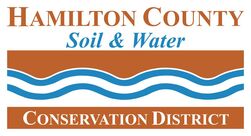
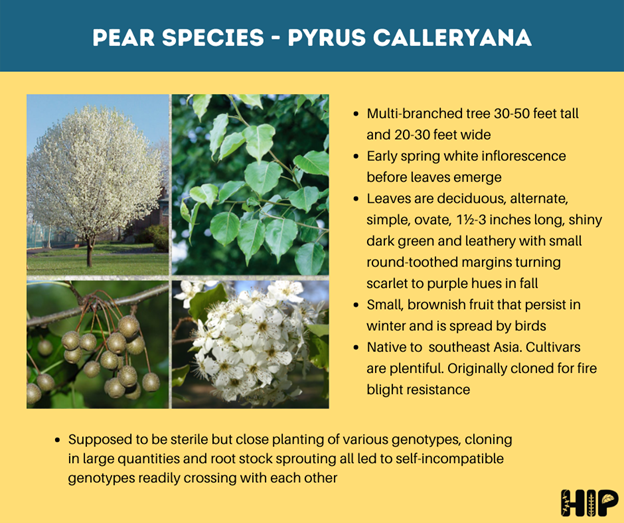
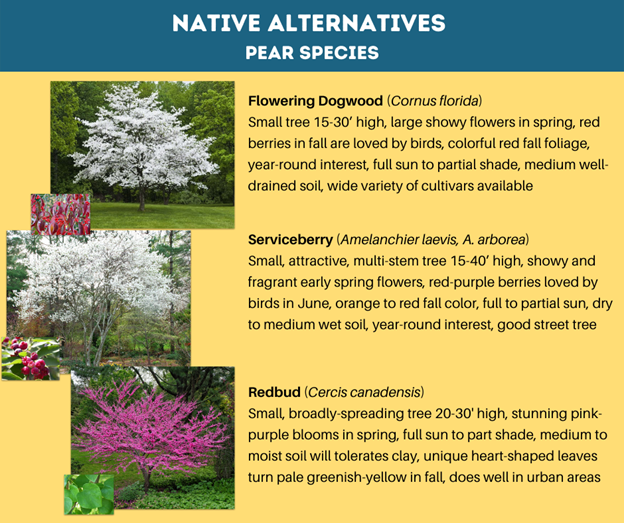

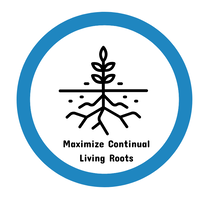
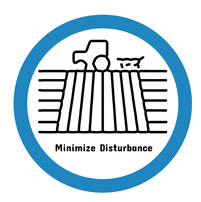


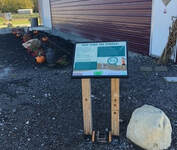
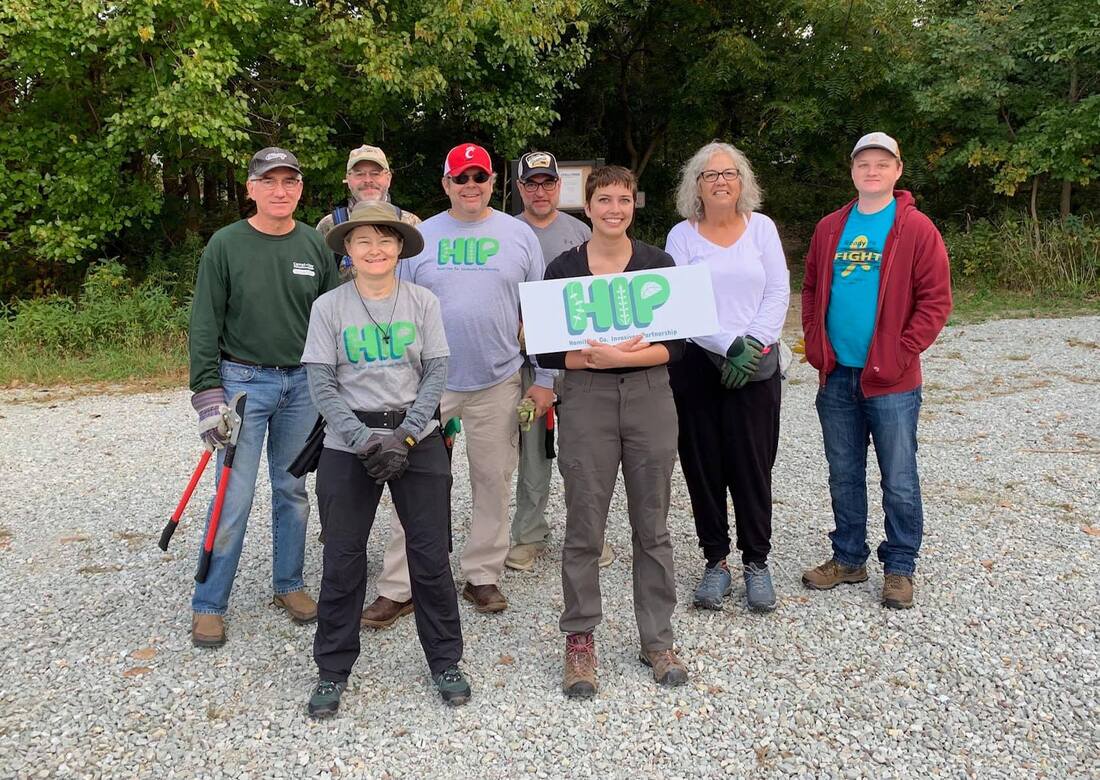
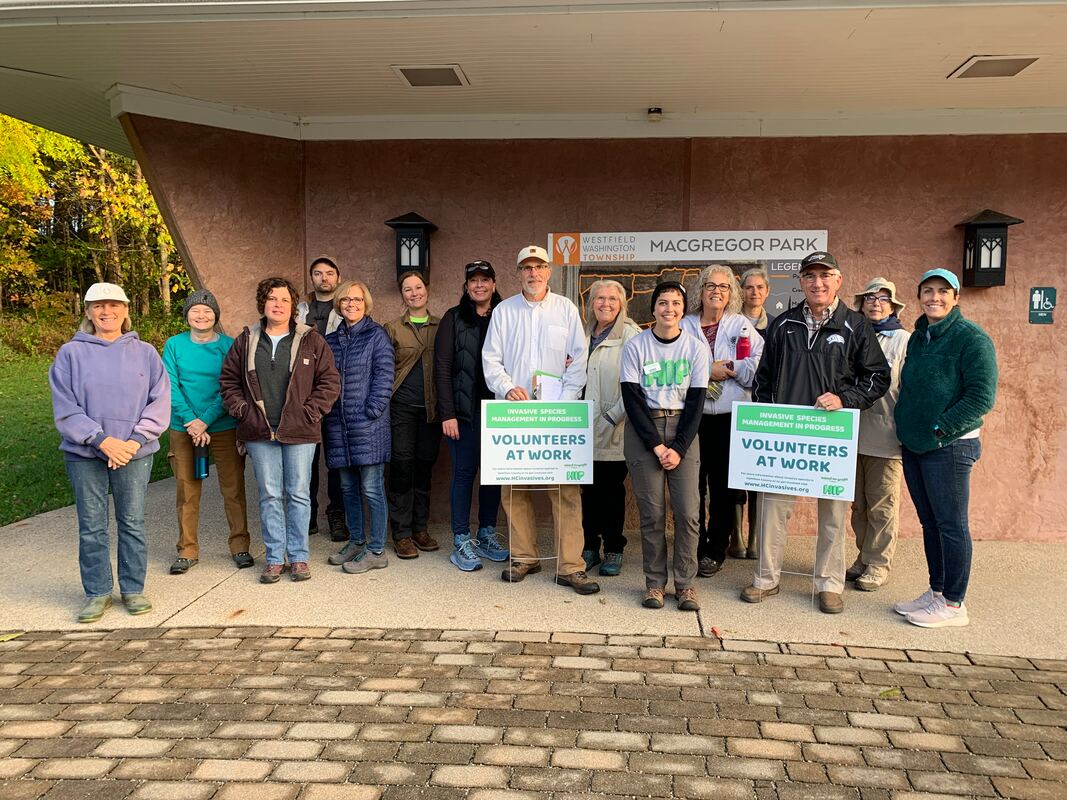
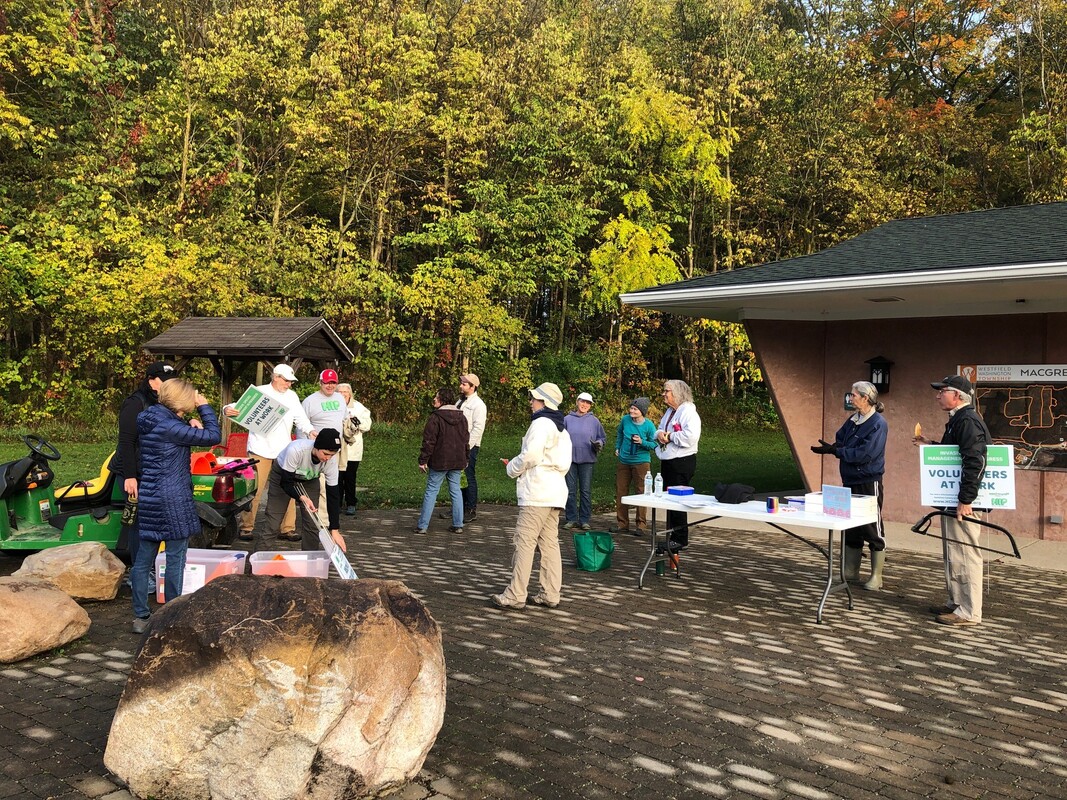
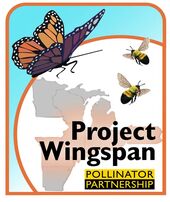


 RSS Feed
RSS Feed